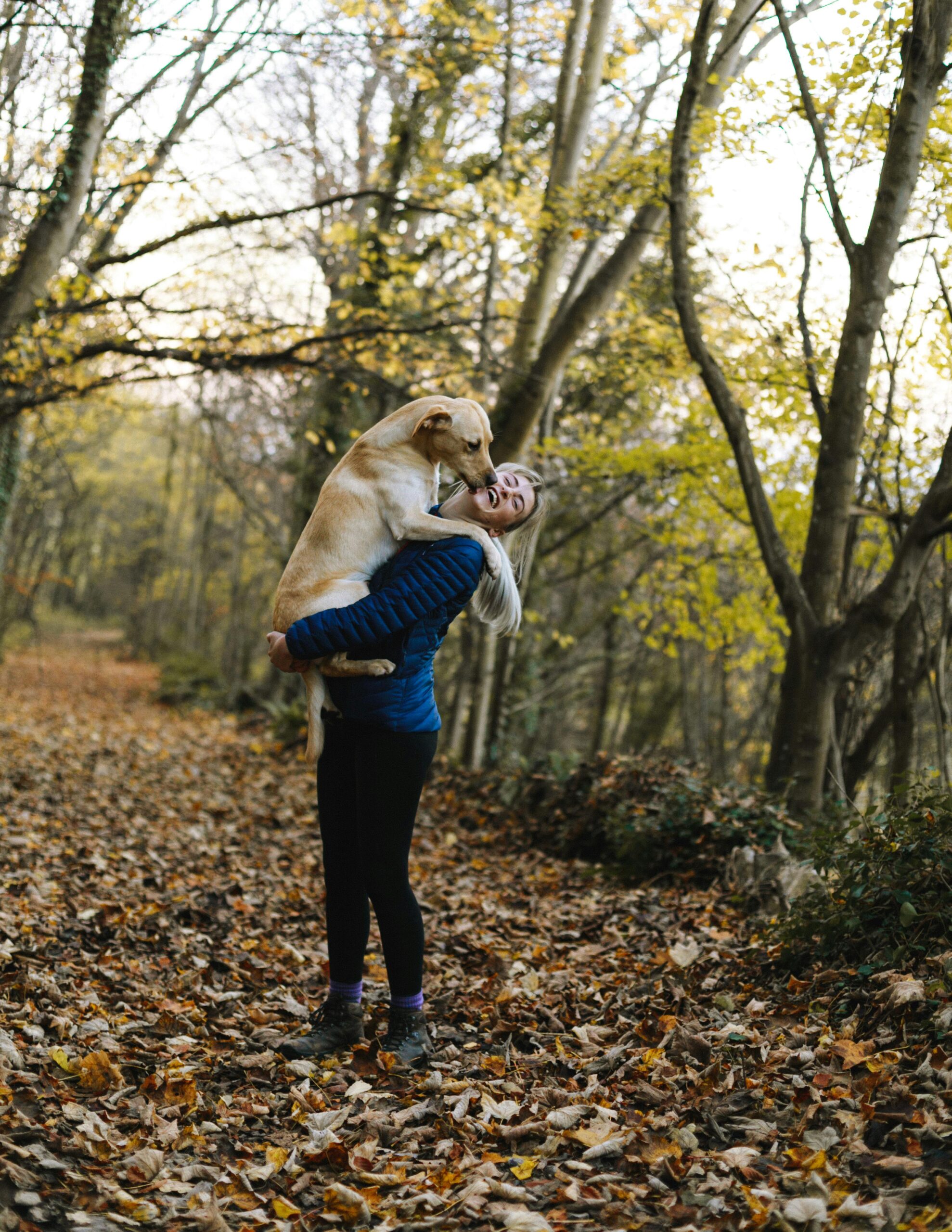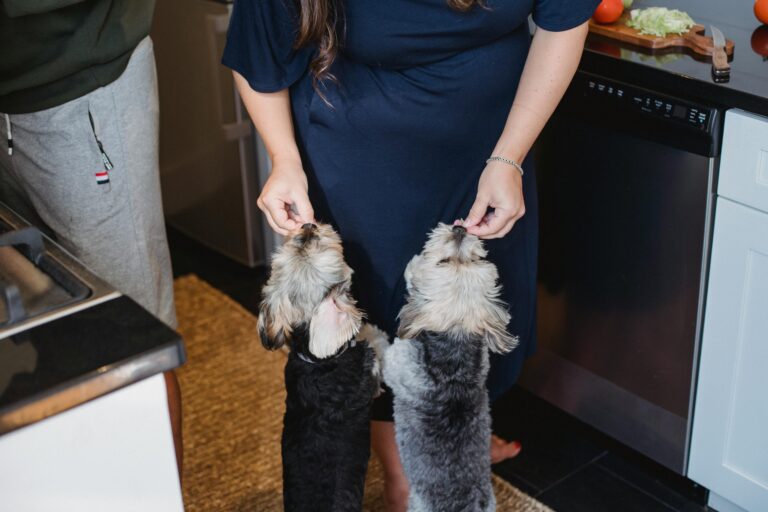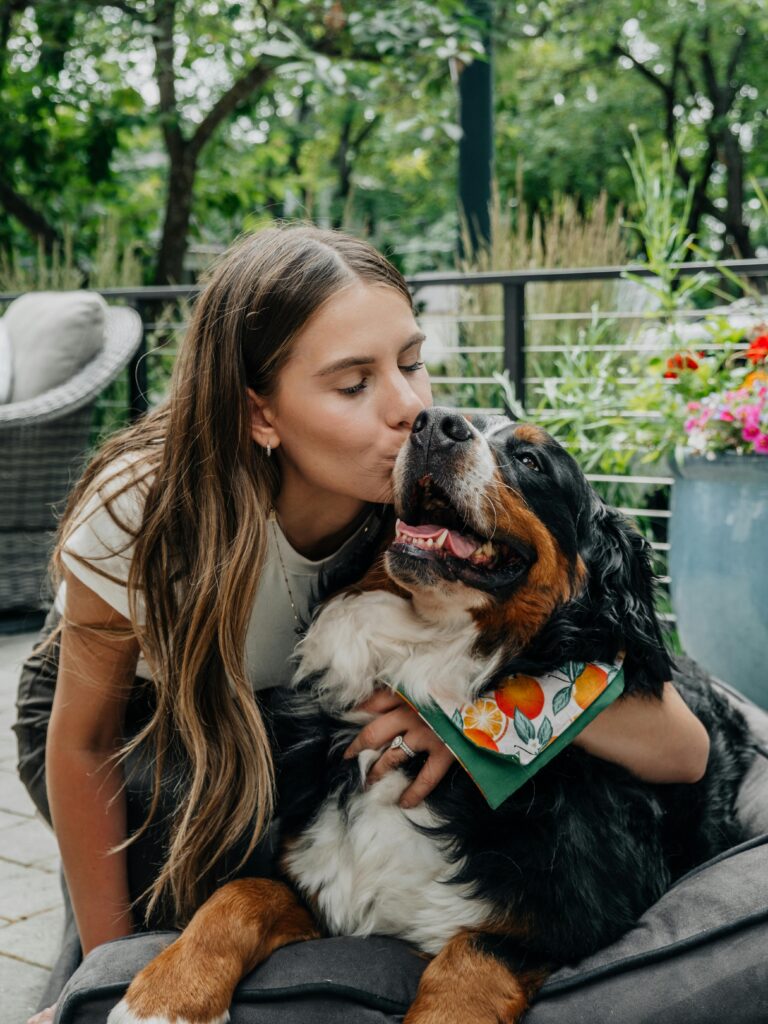Let’s dive into the world of pet training and skill development. Training your pet isn’t just about teaching them commands; it’s about building a strong bond and helping them thrive. Here’s how you can get started:
Basic Training
Sit: Start with a simple command like “sit.” Use a treat to lure your pet into a sitting position, then reward and praise them. Repeat until they understand.
Stay: Once your pet has mastered “sit,” introduce “stay.” Have them sit, then hold your hand out, palm facing them, and say “stay.” Reward them for staying in place for increasing lengths of time.
Come: This command is crucial for safety. Call your pet’s name followed by “come.” Reward them each time they come to you.
Advanced Training
Fetch: Use a favorite toy and encourage your pet to bring it back to you. Reward them with treats or playtime.
Heel: Teach your dog to walk beside you on a loose leash. Use treats to keep them close and reward them for staying by your side.
Leave It: Teach your pet to ignore distractions. Hold a treat in your hand, say “leave it,” and only give them the treat once they look away.
Socialization
Meet and Greet: Expose your pet to different people, pets, and environments to make them well-adjusted.
Positive Reinforcement: Reward good behavior with treats, praise, or playtime. This encourages your pet to repeat the behavior.
Desensitization: Gradually expose your pet to things they might be afraid of, like loud noises or new places, and reward them for staying calm.
Cognitive Skills
Puzzle Toys: Use toys that make your pet think, like treat-dispensing puzzles, to keep their mind sharp.
Hide and Seek: Hide treats around the house and let your pet find them. This stimulates their natural foraging instincts.
New Tricks: Continuously teach new tricks to keep your pet mentally engaged.
Behavioral Training
Barking: Address excessive barking by identifying the cause and using commands like “quiet” or “enough.”
Chewing: Provide appropriate chew toys and discourage chewing on household items.
Jumping: Teach your pet to greet people politely without jumping up. Ignore them until they sit, then reward them.
Tools and Resources
Training Classes: Consider enrolling in obedience classes for professional guidance.
Books and Online Resources: There are countless resources available to help you train your pet.
Professional Trainers: For specific issues, hiring a professional trainer might be beneficial.
Building a Strong Bond
Consistency: Be consistent with commands and routines to avoid confusing your pet.
Patience: Training takes time and patience. Celebrate small successes and stay positive.
Love and Affection: Show your pet love and affection to strengthen your bond. They’ll be more motivated to please you.
Training your pet is a rewarding journey that leads to a happier, healthier, and more well-behaved companion. Start with the basics, build gradually, and remember to make it fun for both of you.


